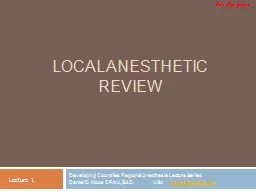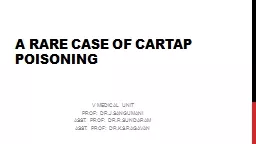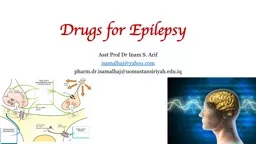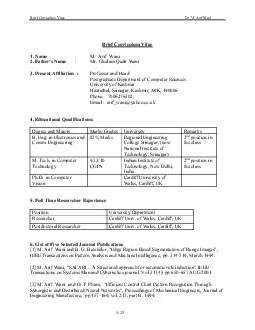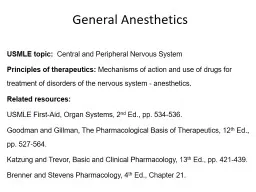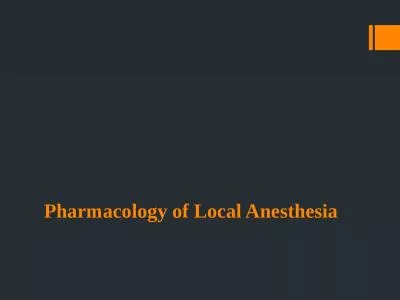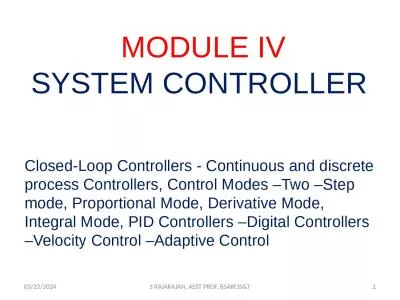PPT-Anesthetics Asst Prof Dr Inam S. Arif
Author : BraveBlackbird | Published Date : 2022-07-28
isamalhajyahoocom Pharmdrisamalhajuomustansiriyaheduiq General anesthesia is a reversible state of CNS depression causing loss of response to and perception of
Presentation Embed Code
Download Presentation
Download Presentation The PPT/PDF document "Anesthetics Asst Prof Dr Inam S. Arif" is the property of its rightful owner. Permission is granted to download and print the materials on this website for personal, non-commercial use only, and to display it on your personal computer provided you do not modify the materials and that you retain all copyright notices contained in the materials. By downloading content from our website, you accept the terms of this agreement.
Anesthetics Asst Prof Dr Inam S. Arif: Transcript
Download Rules Of Document
"Anesthetics Asst Prof Dr Inam S. Arif"The content belongs to its owner. You may download and print it for personal use, without modification, and keep all copyright notices. By downloading, you agree to these terms.
Related Documents



